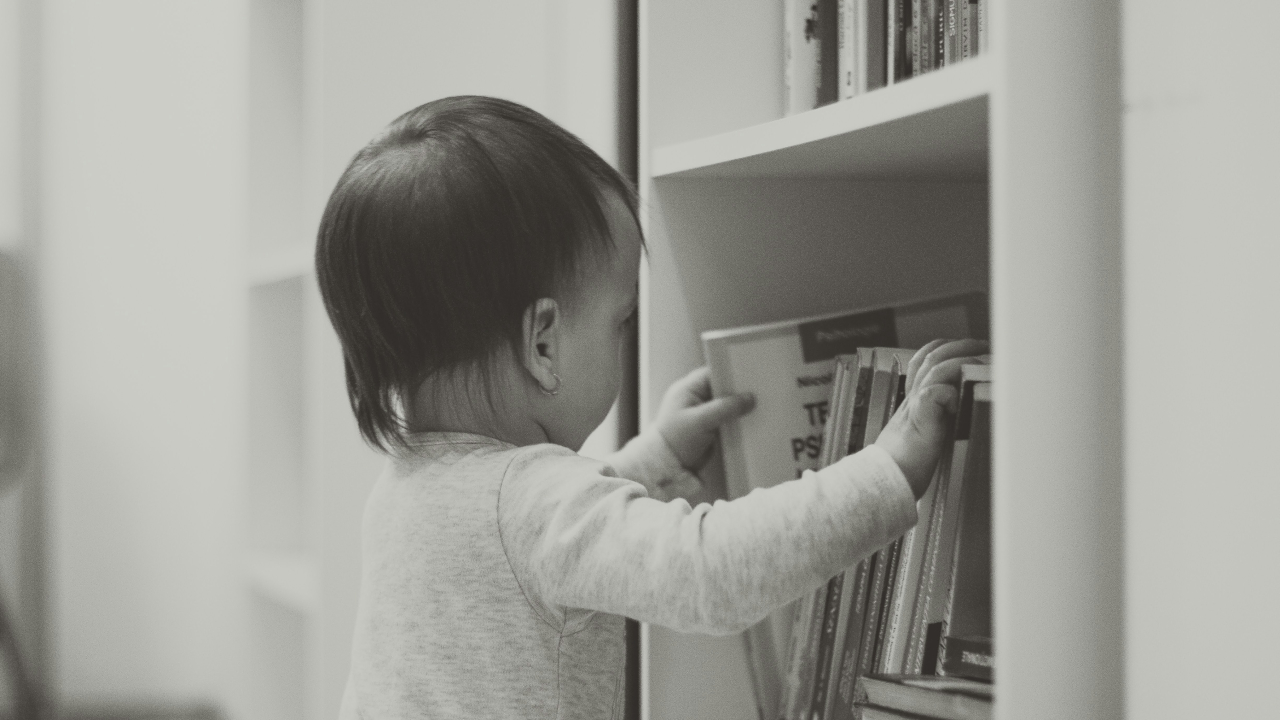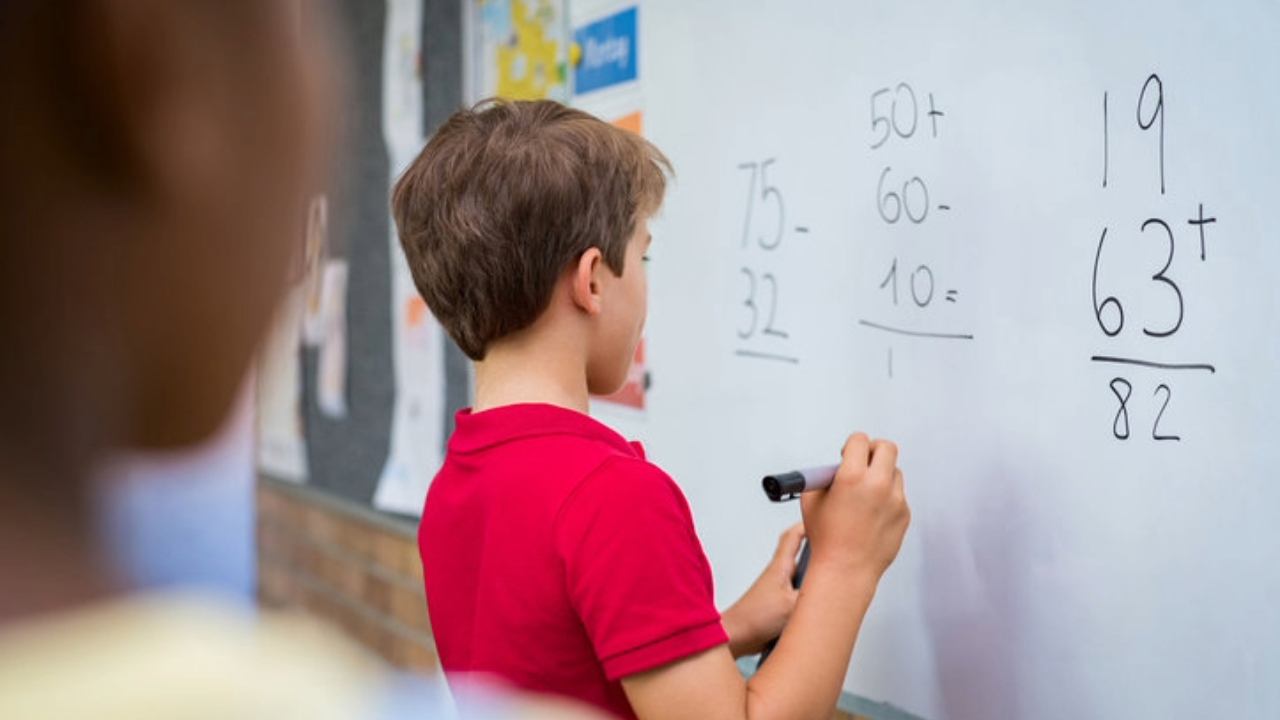Nurturing Futures: Key Trends in Early Years Education for the New Academic Year

As we step into the new academic year, early years settings around the world are undergoing a quiet transformation. What was once a sector dominated by routines and readiness is now shifting toward meaningful, responsive, and inclusive practice. Having worked closely with educators across the Middle East and beyond, I’ve witnessed firsthand the passion and innovation driving this change.
Here are the key trends shaping early childhood education in 2025–26—and what they mean for the children, educators, and families we serve.
1. Whole-Child Development at the Heart of Practice
The term “whole-child” is no longer a buzzword—it’s a foundation. Early years settings are intentionally embedding social-emotional learning (SEL), creativity, physical well-being, and mental health into every part of the day.
Children aren’t just learning to count and recognize letters—they’re learning how to identify emotions, build friendships, solve conflicts, and manage transitions. Circle times now include mindfulness activities, storytelling with emotional themes, and role-play that promotes empathy. Educators are not just teaching; they’re modelling emotional regulation and co-regulation in real time.
This shift reminds us that academic success begins with emotional safety and connection. If a child doesn’t feel seen, they won’t be ready to learn.
2. Learning Through Play—Now with Purpose
The play-based approach has taken centre stage again—but this time, it’s guided by intention, not assumption. Educators are learning how to observe play, extend it, and plan around it.
Instead of asking children to sit and complete worksheets, we’re asking: What are they curious about? What skills are emerging in their play? From construction areas that support early maths, to sensory play that builds fine motor skills, play is finally being acknowledged as the serious learning it is.
We’re also seeing greater use of interest-based enrichment—inviting children to explore cooking, art, science, and movement based on their passions. This respects their agency and celebrates their individuality.
3. Outdoors Is the New Indoors
One of the most exciting trends I’ve seen is the growing return to nature. Outdoor learning isn’t just a forest school luxury—it’s becoming a necessity for healthy development.
Nurseries are investing in outdoor classrooms, sensory gardens, and mud kitchens. Children are learning in real-life contexts: planting herbs, watching insects, measuring puddles, and climbing trees.
The benefits are endless. Outdoor play supports gross motor skills, attention span, risk assessment, resilience, and environmental awareness. And with climate consciousness on the rise, sustainability is no longer a theme—it’s a lived experience.
4. Inclusion That Goes Beyond Labels
Inclusion is being redefined. It’s not only about children with different abilities—it’s about making sure every child, regardless of background, language, ability, or temperament, feels that they belong.
Settings are using bilingual signage, family storybooks, sensory zones, and social stories to support all learners. Educators are receiving training on neurodiversity, trauma-informed practice, and cultural competence. AI and digital tools are also being leveraged to translate communication with families and support diverse learning styles.
This is inclusion in action—not just policy, but practice.
5. Supporting the People Behind the Practice
None of these changes can happen without educators. And after years of burnout and under-recognition, the early years workforce is finally being acknowledged for what it is: essential.
Across the globe, governments are offering better pay, training, and working conditions for early childhood educators. But beyond structural reform, I’m also seeing something more grassroots—a genuine culture of care.
Leaders are rethinking how to support their teams with well-being strategies, manageable schedules, and ongoing professional learning that respects teachers as learners, too. When educators feel valued, they stay. And when they stay, children thrive.
6. Families as Partners, Not Clients
More settings are moving from a service model to a relationship model. Parents are no longer treated as drop-off-and-go participants. They are seen as partners in the learning journey.
Daily updates, parent cafés, home learning packs, and community workshops are helping build that bridge. Communication apps are being used not just to report behavior, but to celebrate progress and invite two-way dialogue.
When families feel involved, they become allies. And when parents and teachers trust each other, children benefit the most.
A Future Worth Nurturing
What makes this moment in early years education so powerful is that we are not waiting for change—we are creating it.
We’re moving away from “school readiness” as a narrow checklist, and toward life readiness—the ability to think, feel, communicate, connect, and grow with curiosity and confidence.
It’s not about trends for the sake of being modern. It’s about returning to what really matters: connection, belonging, wonder, and the joy of learning.
Let this new academic year be one where we honour each child’s story, uplift each educator’s role, and hold fast to the belief that early years is not just preparation for life—it is life.
By May Zalat - KFG Inclusion Director
Stay up to date
Subscribe to the free GESS Education newsletter and stay updated with the latest insights, trends, and event news every week. Your email address will remain confidential

